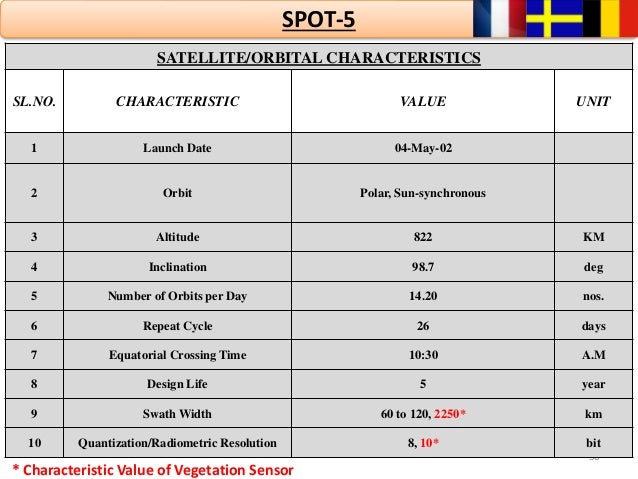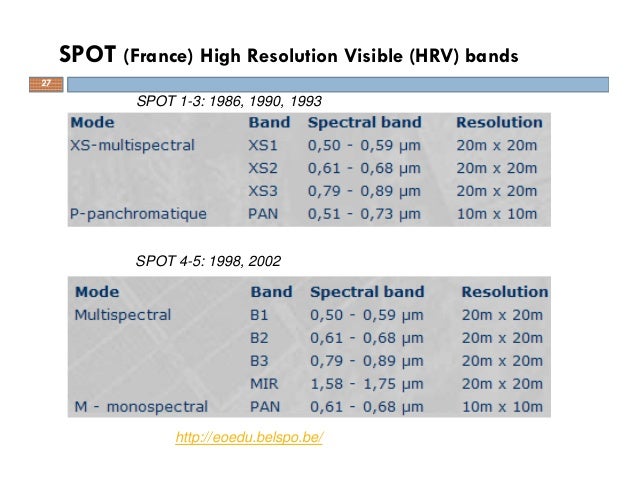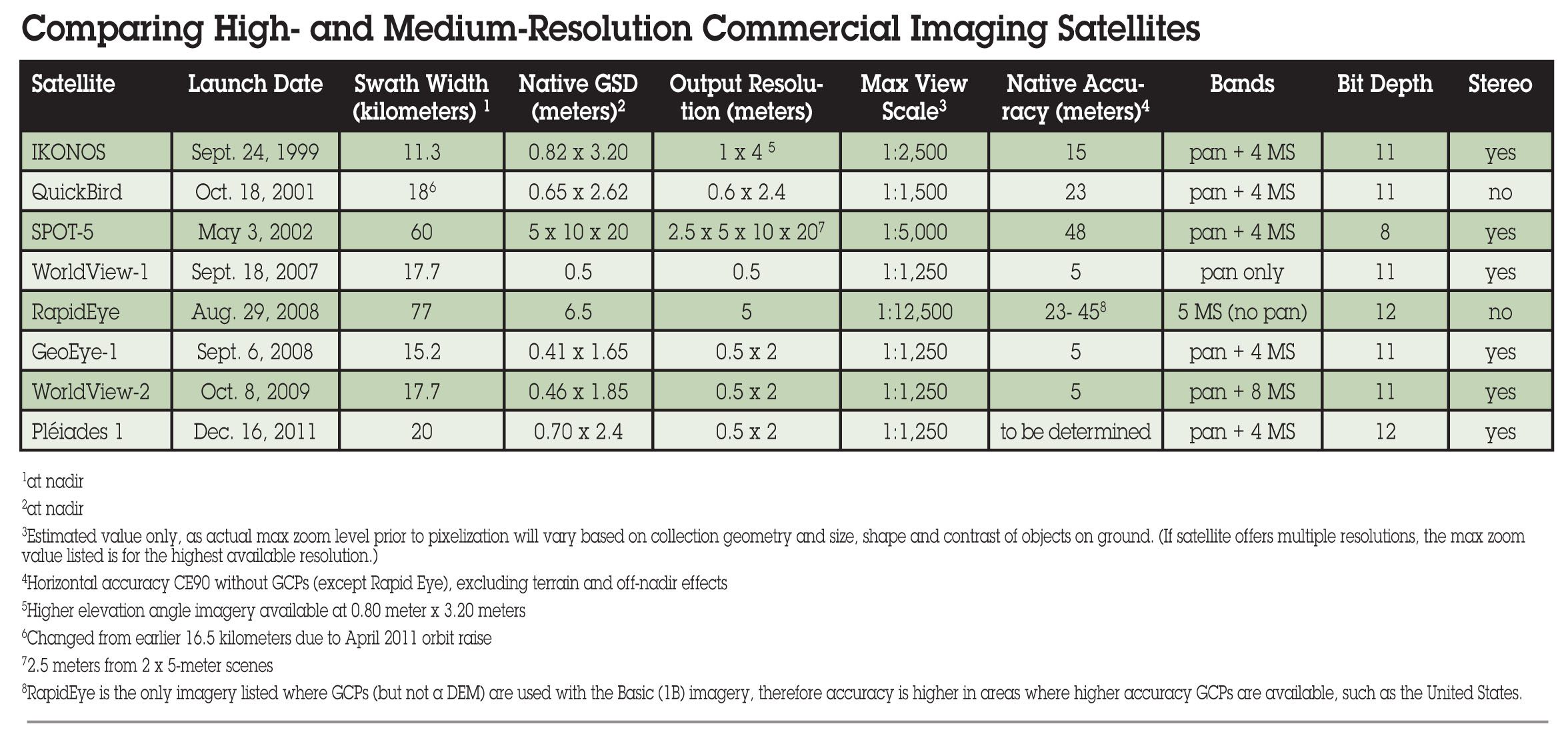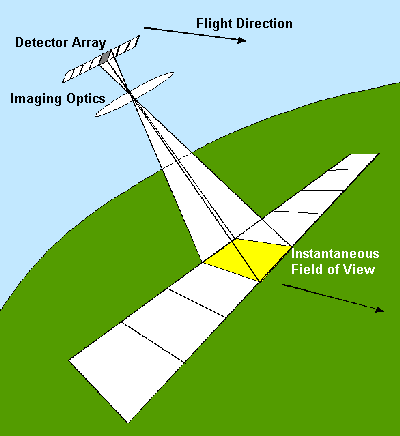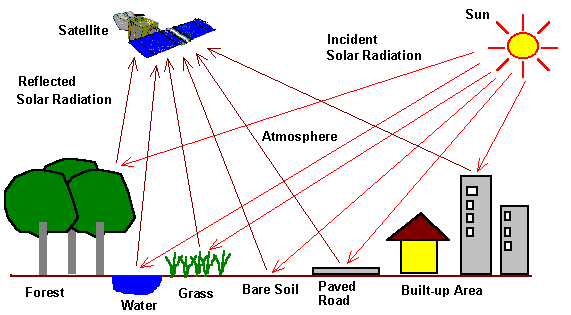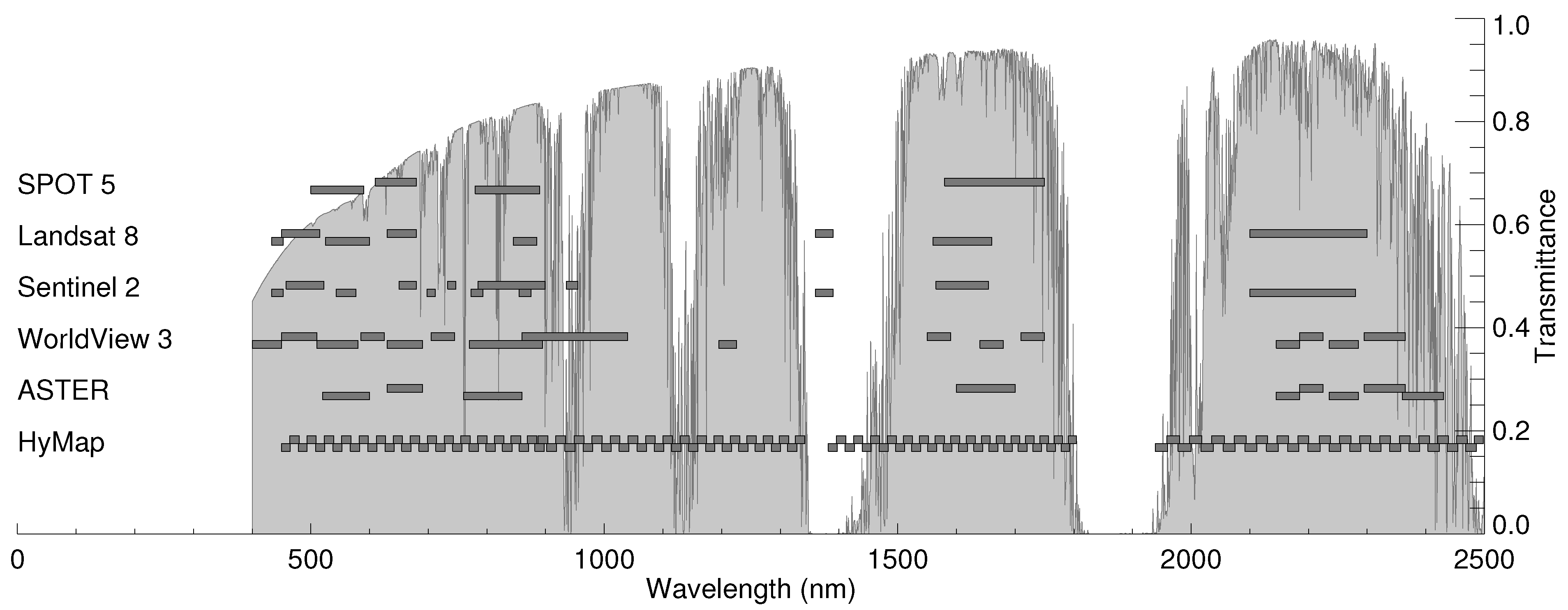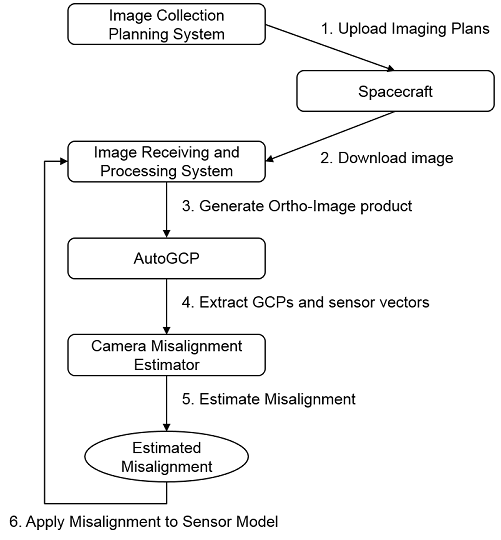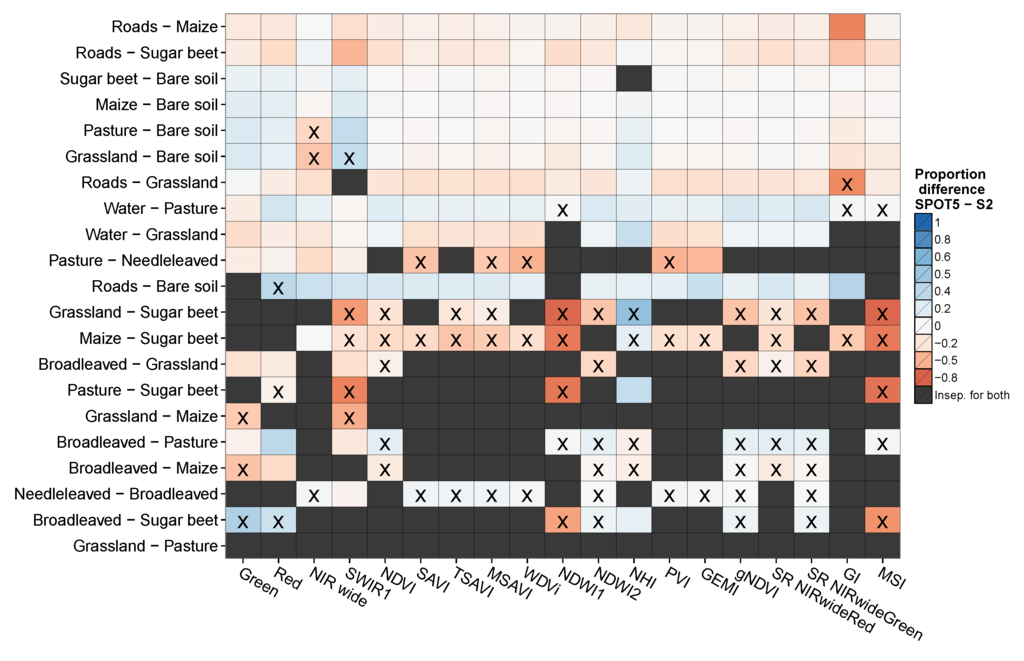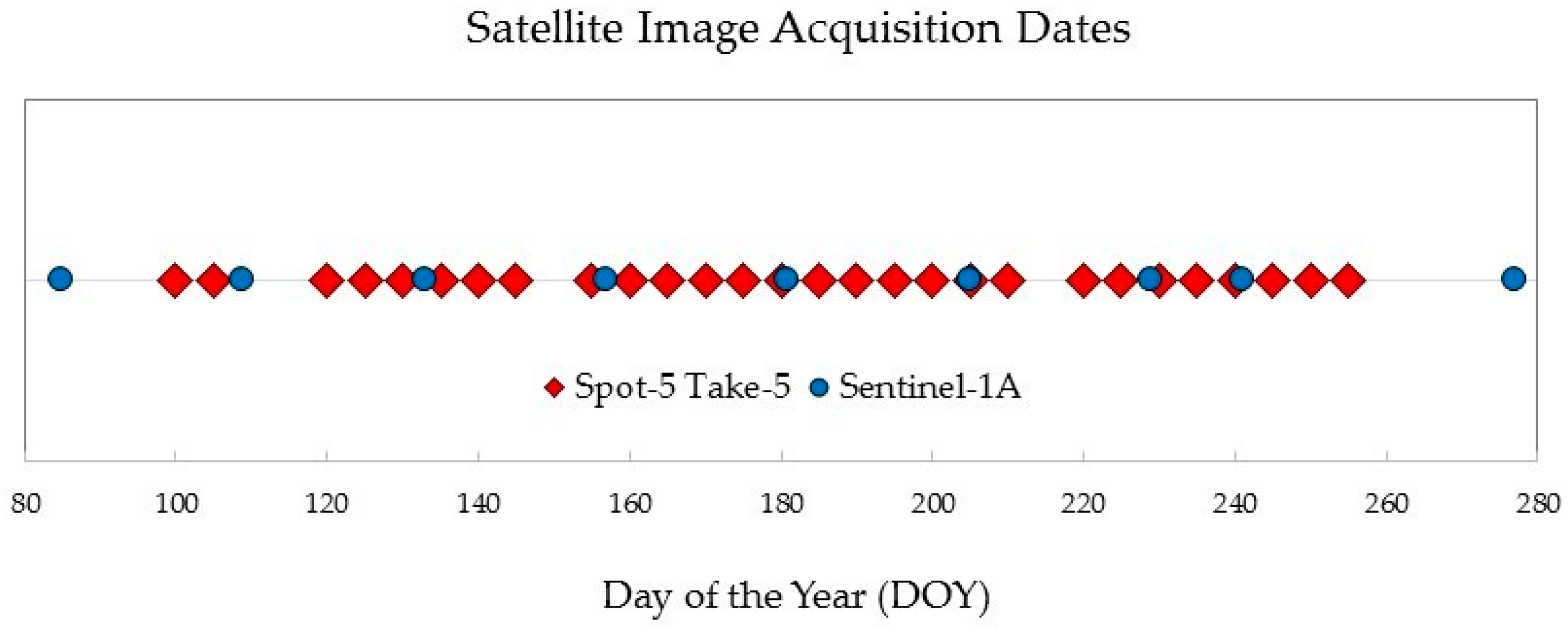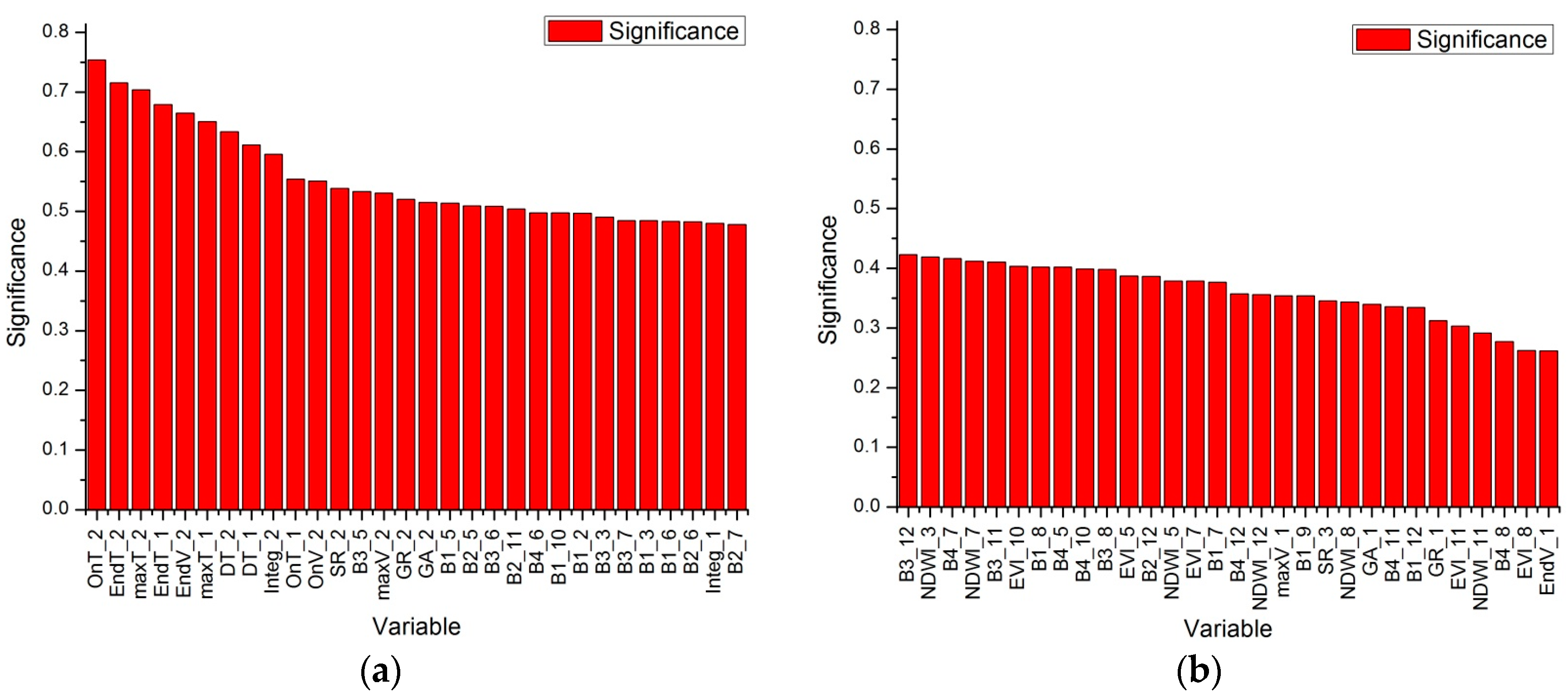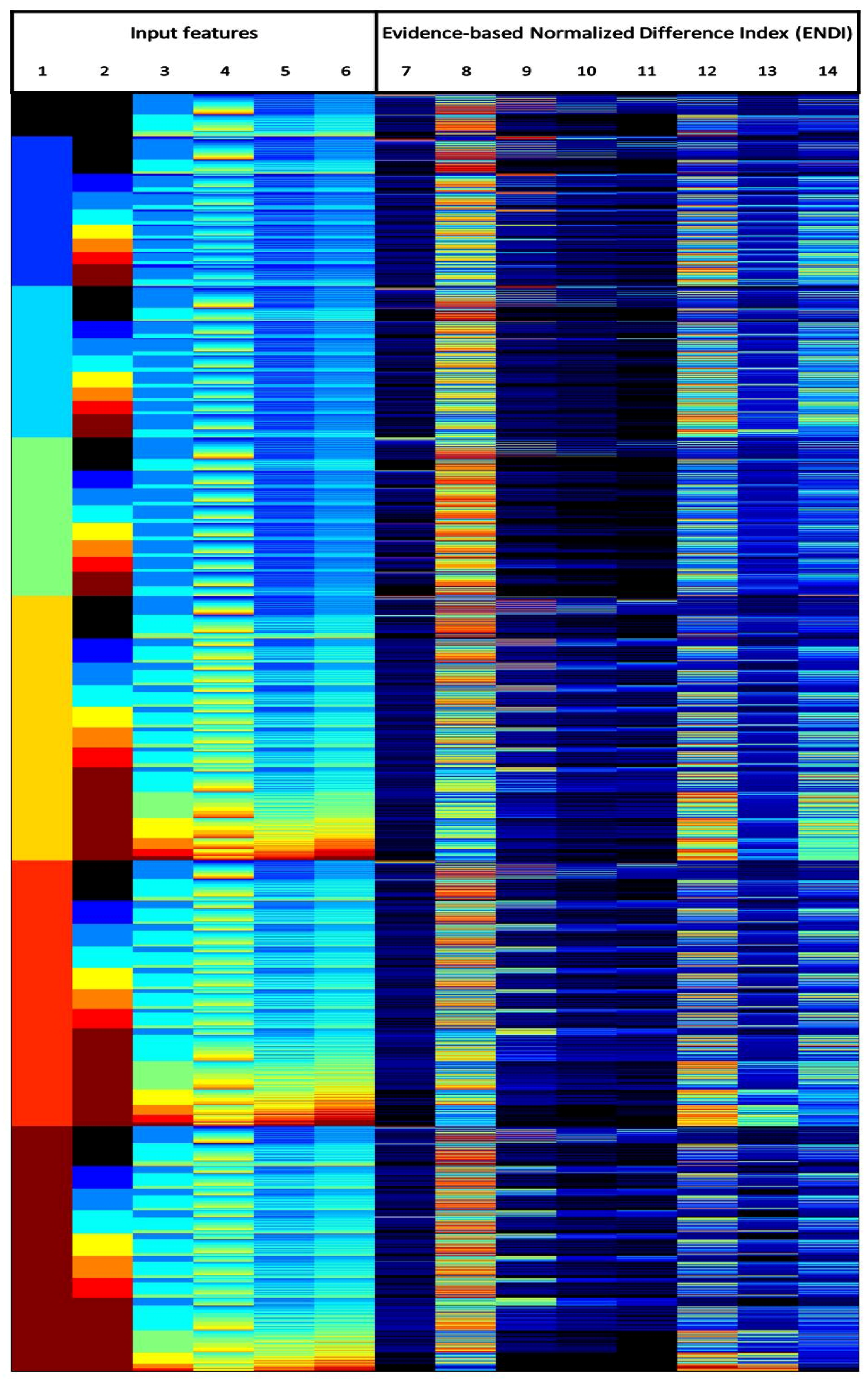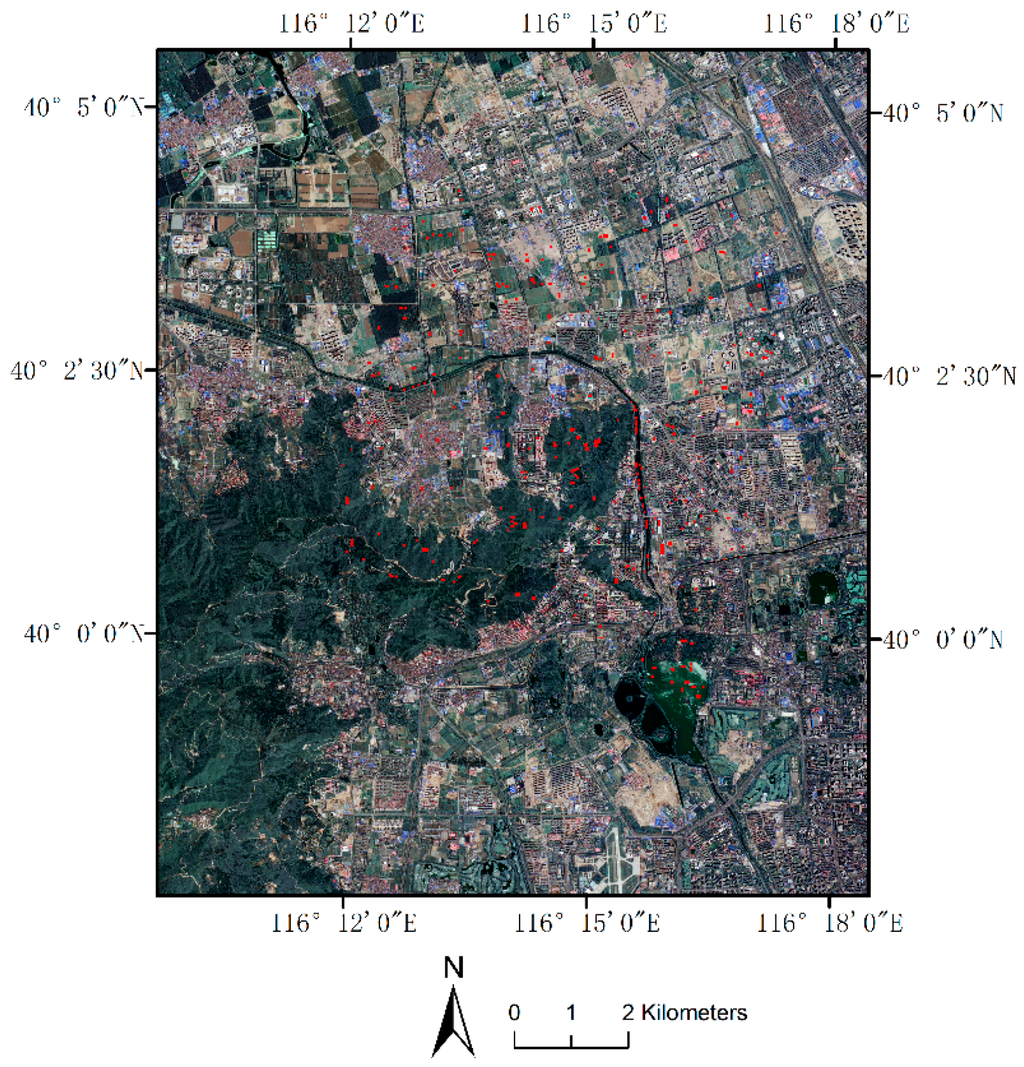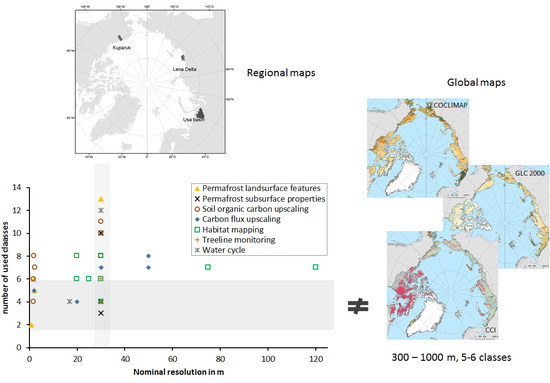Spot 5 Satellite Sensor Characteristics

There have been four spot satellite pour l observation de la terre satellites launched since 1986 providing medium to high resolution of the earth s surface.
Spot 5 satellite sensor characteristics. Invitation to tender to european industry for reference mapping services by satcen europa eu. The construction was initiated by spot image of toulouse france and eads astrium in 2008 and officially announced in mid 2009 by astrium services ceo eric beranger. Since the first spot satellite was launched in 1986 the spot system has sought to provide continuity of service and constantly improved the quality of its products for the global. Spot 5 is the fifth satellite in the spot series of cnes space agency of france placed into orbit by an ariane launcher.
The swir band imagery remains at 20 m. Spot 5 satellite sensor characteristics launch date may 3 2002 launch vehicle ariane 4 launch location guiana space centre kourou french guyana orbital altitude 822 kilometers orbital inclination 98 7 sun synchronous speed 7 4 km second 26 640 km hour. The hrg sensor on board spot 5 provides spatial resolution from 2 5 m in the panchromatic band to 10 m in the multispectral mode. 10 00 am local time at descending node period 98 79 minutes.
Overview spacecraft launch mission status sensor complement spot series references. The naomi sensor on board of spot 6 7 provides data up to 1 5 m spatial resolution panchromatic and multispectral. Spot 1 2 and 3 carried a multi spectral xs and panchromatic p sensor on board. Since the first spot satellite was launched in 1986 the spot system has sought to provide continuity of service and constantly improved the quality of its products for the global user community.
The coverage offered by spot 5 was a key asset for applications such as medium scale mapping at 1 25 000 and 1 10 000 locally urban and. Spot 5 is the fifth satellite in the spot series of cnes space agency of france placed into orbit by an ariane launcher. A 10 m resolution false color composite acquired on 15 june 2007 highlighting the active crater and the overflow of natrocarbonatite lava on the north flank as well as a fresh 3 km long lava flow on the west. Orbital characteristics and viewing capability spot 6 and spot 7 missions are designed to achieve efficiently both collection of large coverage and collection of individual targets that are possible thanks to the extreme agility of the satellite.
Satellite images captured by the high resolution geometric sensor onboard spot 4 satellite over oldoinyo lengai volcano tanzania. Compared to its predecessors spot 5 satellite offered greatly enhanced capabilities which provided additional cost effective imaging solutions. Spot 5 satellite sensor was decommissioned on march 31 2015.






